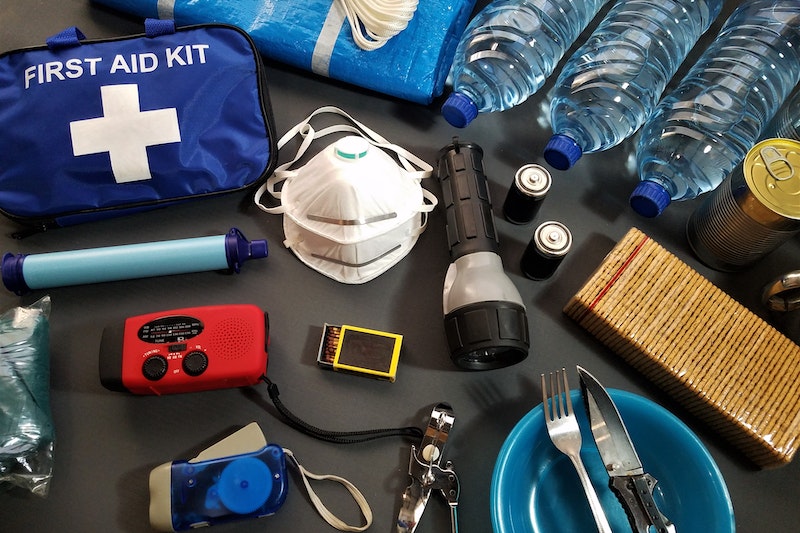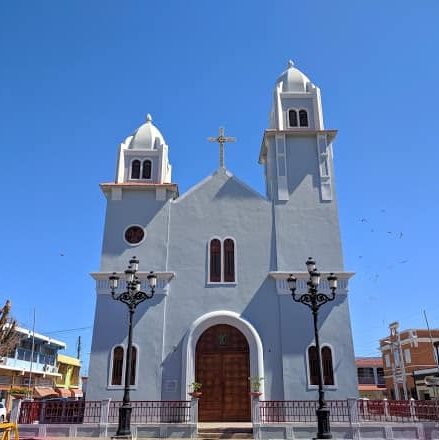
Nestled amidst the cobbled streets and colorful colonial buildings of San German, Puerto Rico, lies a hidden gem – Porta Coeli. Translated as "Gateway to Heaven," this structure isn't just a beautiful church; it's a tangible link to the island's rich history and artistic heritage.
A Legacy Built by Monks
Our journey through time begins in 1609. Dominican monks, fueled by religious zeal and a desire to spread Catholicism, arrived in San German. Atop a gentle hill, they embarked on an ambitious project – the construction of Convento de Santo Domingo de Porta Coeli. This wasn't just a monastery; it was envisioned as a center for education and religious life.
The initial structure was a humble convent. However, over the years, Porta Coeli would undergo a fascinating transformation. The 18th century saw a grand expansion. The convent was rebuilt, and a single-nave church rose beside it. The architectural style was simple yet elegant, with sturdy rubble masonry walls coated in stucco and a traditional wooden truss roof.
Porta Coeli's Enduring Story
Porta Coeli thrived for centuries, serving as a cornerstone of San German's religious and social fabric. But time, like the relentless ocean waves that kiss Puerto Rico's shores, began to take its toll. The convent eventually succumbed to decay and was demolished. The church, however, faced a different fate.
In 1949, recognizing its historical and cultural significance, a group of dedicated individuals, including prominent citizens and the Bishop of Ponce, secured the church's future. Through their efforts, Porta Coeli was purchased by the Puerto Rican government for a symbolic dollar, ensuring its preservation for generations to come.
A Museum Reborn
Today, Porta Coeli isn't just a church; it's the Museo de Arte Religioso Porta Coeli (Museum of Religious Art). Stepping inside is like stepping back in time. The simple yet elegant interior, bathed in a soft, natural light, evokes a sense of serenity.
The museum's true treasures lie within. Over four centuries, Porta Coeli has amassed a captivating collection of religious art. Carved wooden statues of saints, known as Santos, stand proudly, their expressions imbued with a timeless devotion. Paintings and sculptures, some dating back centuries, tell stories of faith and tradition.
A Window into Puerto Rico's Soul
A visit to Porta Coeli isn't just about admiring religious artifacts. It's a chance to immerse yourself in the soul of Puerto Rico. The museum's collection showcases the artistic influences that have shaped the island's identity – a blend of European traditions and indigenous creativity.
The museum also whispers tales of resilience. Porta Coeli has weathered centuries of storms, both literal and metaphorical. Its survival stands as a testament to the enduring spirit of the Puerto Rican people and their commitment to preserving their heritage.
Planning Your Visit
Porta Coeli is open to the public Wednesday through Sunday, offering a glimpse into its historical and artistic treasures. While the museum itself is relatively small, it's best to allocate a good hour to fully appreciate the collection.
Before your visit, consider contacting the museum at (787) 892-5845 to confirm opening hours, as they may be subject to change.
Beyond the Museum Walls
After exploring Porta Coeli, take some time to wander through the charming town of San German. Cobblestone streets lined with colorful colonial buildings and charming plazas invite you to lose yourself in the town's historical ambiance. Don't forget to sample the local cuisine – from fresh seafood dishes to traditional mofongo, San German offers a delicious taste of Puerto Rican culture.
Porta Coeli is more than just a museum; it's a gateway to a bygone era. A visit here allows you to connect with the island's rich history, artistic heritage, and unwavering spirit. So, the next time you find yourself in Puerto Rico, take a detour to San German and step through the "Gateway to Heaven." You won't be disappointed.








 Photographer credit: Darlien Morales[/caption]
Photographer credit: Darlien Morales[/caption] Standing tall at the heart of Guaynabo is
Standing tall at the heart of Guaynabo is 


 La Concha
La Concha





 Puerto Rico's hurricane season reaches its peak in August, which is also the wettest month
Puerto Rico's hurricane season reaches its peak in August, which is also the wettest month Plan your trip accordingly to prepare for any last-minute changes.
Plan your trip accordingly to prepare for any last-minute changes. You should keep a first aid kit, batteries, a flashlight, water and some food in your emergency backpack[/caption]
You should keep a first aid kit, batteries, a flashlight, water and some food in your emergency backpack[/caption]

